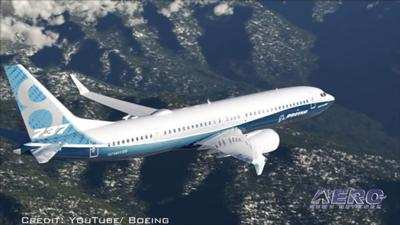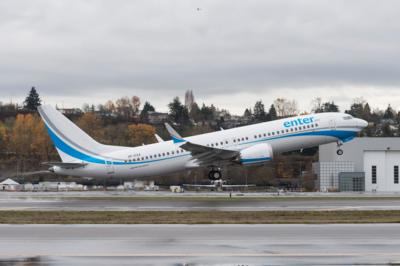AD 2021-10-07 Requires A Revision Of The Existing Maintenance Or Inspection Program
The FAA is adopting a new airworthiness directive (AD) for certain The Boeing Company Model 737-8 and 737-9 (737 MAX) airplanes. This AD was prompted by the determination that additional Certification Maintenance Requirements (CMRs) are necessary. This AD requires a revision of the existing maintenance or inspection program to incorporate three additional CMRs. The FAA is issuing this AD to address the unsafe condition on these products. This AD is effective July 8, 2021.

Supplementary Information: Modern transport category airplanes can remain in service for decades. To ensure that an airplane's critical systems and back-up systems continue to meet FAA requirements, such as those in 14 CFR 25.1309, manufacturers may develop and rely on required actions that include CMRs. CMRs are limitations documented in the airplane's instructions for continued airworthiness (ICA) that require operators to periodically check systems or replace certain equipment in order to ensure the continued availability and functionality of those systems over time.1 Air carriers have existing programs to schedule CMRs and comply with their requirements.
The FAA's recent review of the 737 MAX flight control system resulted in the determination that three additional CMR items are necessary to ensure the continued functioning of certain systems throughout the life of the airplane. The manufacturer proposed, and the FAA reviewed and approved, these three new CMRs (i.e., 22-CMR-01, 22-CMR-02, and 27-CMR-09), which are described in Boeing Certification Maintenance Requirements Document D626A011-9-03, dated July 2020, and available in the docket for this AD.
Prior to return to service, initial inspections of these systems were completed when necessary on affected airplanes; this ensured the safety of the 737 MAX return to service. Due to most of the fleet being well below flight-hour thresholds that would require inspection, and Boeing's coordination with operators of affected airplanes to do initial inspections prior to return to service, the FAA determined this AD to incorporate the new CMR items could be issued subsequent to return to service. Consistent with that approach, Boeing released a Multi-Operator Message. This approach protects both the safety of the return to service and the long term safety of the fleet.

For newly produced airplanes, Boeing has incorporated the three additional CMRs into the ICA for every airplane delivered on or after November 20, 2020 (the effective date of AD 2020-24-02 (85 FR 74560, November 20, 2020) (AD 2020-24-02)). These CMRs have also already been incorporated into the maintenance programs for all U.S.-registered 737 MAX airplanes that had been delivered before the effective date of AD 2020-24-02 and are included in the applicability of AD 2020-24-02.
The manufacturer has also communicated guidance to incorporate these CMRs into the maintenance programs of all affected 737 MAX operators, via Boeing Multi Operator Message MOM-MOM-20-0891-01B, dated December 22, 2020.
Since these CMRs are part of the ICA for all 737 MAX airplanes delivered on or after November 20, 2020 (the effective date of AD 2020-24-02), this AD is applicable only to airplanes with an original airworthiness certificate or original export certificate of airworthiness issued prior to that date.
These CMRs are necessary because a potential latent failure of a flight control system function, as tested by one of these three CMRs, if combined with unusual flight maneuvers or with another flight control system failure, could result in reduced controllability of the airplane.
After these CMRs have been incorporated into the operator's maintenance and inspection program, they may be treated as other CMRs on the airplane (i.e., operators may propose any change, escalation, or cancellation of these CMRs by following the processes described in AC 25-19A, and no AMOC would be required).
 ANN's Daily Aero-Term (04.25.24): Airport Rotating Beacon
ANN's Daily Aero-Term (04.25.24): Airport Rotating Beacon ANN's Daily Aero-Linx (04.25.24)
ANN's Daily Aero-Linx (04.25.24) Klyde Morris (04.22.24)
Klyde Morris (04.22.24) Airborne 04.24.24: INTEGRAL E, Elixir USA, M700 RVSM
Airborne 04.24.24: INTEGRAL E, Elixir USA, M700 RVSM Airborne 04.22.24: Rotor X Worsens, Airport Fees 4 FNB?, USMC Drone Pilot
Airborne 04.22.24: Rotor X Worsens, Airport Fees 4 FNB?, USMC Drone Pilot




